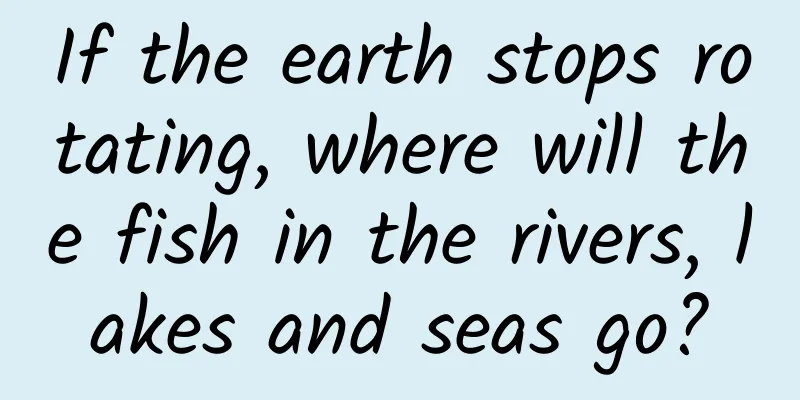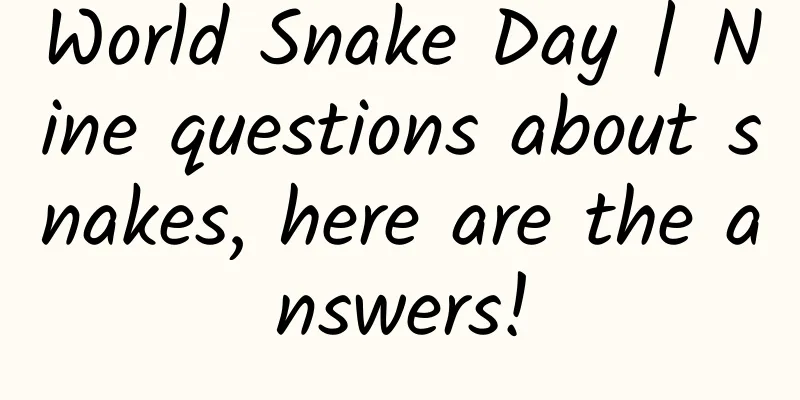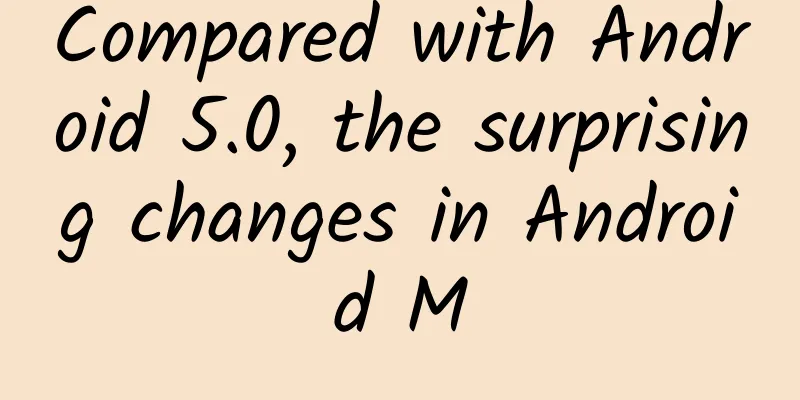If the earth stops rotating, where will the fish in the rivers, lakes and seas go?

|
Friends who have watched the science fiction movie "The Wandering Earth" should be impressed by the following setting in the play: the sun is rapidly aging and expanding, and the inner solar system including the earth will be swallowed up by the sun in a short time. In order to save themselves, humans proposed the "Wandering Earth" plan, which aims to build tens of thousands of planetary engines to propel the Earth out of the solar system and eventually reach Proxima Centauri, 4.2 light-years away. However, the first step of this plan, also known as the "braking era", requires stopping the Earth's rotation by building a steering engine around the Earth's equator , because only in this way can the planetary engines move stably in one direction. Perhaps we who live on Earth don’t pay much attention to it in our daily lives, but rotation, the most basic characteristic of celestial bodies, has already set the settings for many natural processes on this blue planet. The geography knowledge we learned in middle school tells us that if we take the sun as the reference point, the rotation of the earth brings us the change of day and night with a cycle of 24 hours. At the same time, the rotation of the earth also profoundly affects the distribution of oceans and land, and also affects the earth's magnetic field. If the Earth stops rotating when the braking era comes, all this will change accordingly. As a researcher who studies fish, what will happen to the fish on Earth after the Earth stops rotating and before we truly leave the solar system? The Earth's rotation at an angular velocity of about 15° has shaped the current distribution of land and sea in the world. The centrifugal force causes the sea water to bulge at the equator. Once the Earth stops rotating, a huge amount of ocean water will be almost entirely at the mercy of the Earth's gravity. At that time, the ocean water at the equator and low latitudes will flow into the embrace of the South Pole and the North Pole, where the Earth's gravity is the strongest . It is conceivable that the distribution of land and sea on Earth will change like Moses parting the sea - the high-latitude areas will become a vast ocean due to the influx of sea water, while the low-latitude areas will form a piece of land surrounding the Earth due to the loss of sea water. The earth will form two oceans separated from each other in the north and south. Esri models the distribution of land and sea after the Earth stops rotating Image source: https://www.esri.com/news/arcuser/0610/nospin.html Although the oceans on Earth were originally divided into four oceans or five oceans (South Pacific), in fact all oceans are interconnected, and organisms can move and communicate between the world's oceans within a range suitable for survival. Now, due to the change in the distribution of land and sea, two huge unconnected oceans have been formed in the north and south, which has created an insurmountable geographical isolation for fish and other marine life in the ocean. Marine species in the two oceans no longer communicate with each other and evolve independently . When the Earth stops rotating, the changes in the distribution of land and sea will not have the most serious impact on fish, because what will follow is more severe climate change. In the "braking era" of the first phase of the Wandering Earth project, the Earth will stop rotating but will still revolve around the sun. The length of a year will remain unchanged, and day and night will still appear, but the length of a day will be extended to as long as a year, which will greatly change the climate on Earth. Because at that time, areas that are on the sunny side for a long time will experience high temperatures, while areas on the shady side will face severe cold. In the movie "The Wandering Earth", when the climate on the surface is no longer suitable for human habitation, humans move to an underground city 500 meters below. At that time , except for a small number of ornamental fish that will continue to accompany humans, most of the wild fish will have to fend for themselves . Although some fish show different low temperature or heat tolerance from ordinary "fish" (for example, polar fish can withstand temperatures below minus Celsius, and some fish can also withstand temperatures above 40°C for a short period of time), the suitable temperature for most fish is still between 5 and 30°C. When faced with the new "poles" that are half fire and half ice after the Earth stops rotating, perhaps only near the junction of the sunlit and shady sides will there be a narrow area with a relatively suitable temperature that constantly moves with the Earth's revolution around the sun. Fish and other creatures may only be able to reproduce and thrive near this area. Changes in the day-night cycle will also affect the original biological clocks of many creatures on Earth. On Earth, organisms can perceive time and regulate many behaviors such as sleep, hunting, and reproduction by relying on regular changes in factors such as light in the environment. If the Earth stops rotating, the circadian rhythms of many organisms, including fish, which originally have a 24-hour cycle, will be affected and new rhythms will be generated . At the same time, because both the day and the night became half a year long, there was no longer a distinction between diurnal or nocturnal fish. The Earth stopping its rotation is just a setting in science fiction movies. Under this setting, we can only roughly guess the fate of fish on Earth. Back to reality, although our planet is still turning, problems such as climate warming, ocean acidification, environmental pollution, and habitat destruction are also testing today's fish. In this context, although some fish on the earth have become extinct and are far away from us, some fish, such as the razor-sharp anchovy, the large-scaled ground killifish, the spiny gill bream, and the three-spined stickleback, have acquired new environmental adaptability through rapid evolution. As long as there is existence, there is hope. Whether the earth stops rotating or not, if we care about fish and other creatures on the earth and protect their habitats and biodiversity as much as possible, they should be able to find ways to continue to adapt. END Author: Wu Haohao PhD in Marine Biology, Xiamen University, popular science author Editor: Guru |
<<: How a good rice variety is cultivated
Recommend
How to operate an event well?
In the traditional forms of domestic activities, ...
Hidden in the mountains, it is as famous as tigers and leopards. It is the "chameleon" and "living radar" of the cat family!
Recently, an infrared camera recorded the activit...
4 tips for operating corporate Toutiao accounts!
Traditional Toutiao account operations mostly inv...
New ways to operate e-commerce on Double Eleven 2019!
Recently, many of my friends in the product field...
10 steps to build a brand from scratch (Part 1)
Recently, new consumer product companies that hav...
Information flow advertising: four creative ideas and five directions, a quick introduction to game promotion
As a novice in game promotion , how can I get sta...
Plants with flowers are not necessarily "flowering plants"
Produced by: Science Popularization China Author:...
Mobile phone industry: Do you know these little-known facts about mobile phones?
What little-known facts about mobile phones do yo...
How long does it usually take to develop a mini program for a mall?
Q: How long does it usually take to develop a min...
A First Look at Apple WatchKit
[[126586]] With Apple releasing the latest versio...
There is no such thing as "false hip width"! The widest part of a woman's hips is the thigh root.
Audit expert: Peng Guoqiu Deputy Chief Physician,...
Case analysis: Wedding photography advertising case in WeChat Moments!
With the continuous evolution of consumption upgr...
Two more primary school students won awards for their research on drinking tea to fight cancer, one in the third and one in the fifth grade! Are there more medical prodigies?
Recently, a sixth-grade primary school student in...
Why are the blood tubes used during physical examinations "colorful"?
During the blood draw phase of the physical exami...









